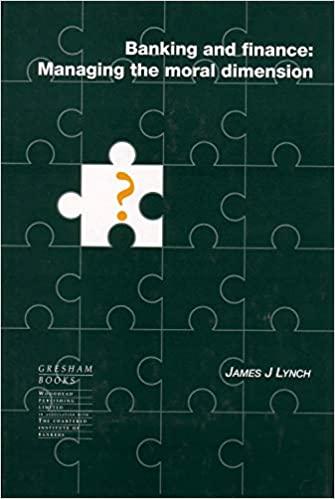Question
A manager of an inventory system believes that inventory models are important decision-making aids. The manager has experience with the EOQ policy, but has never
A manager of an inventory system believes that inventory models are important decision-making aids. The manager has experience with the EOQ policy, but has never considered a backorder model because of the assumption that backorders were "bad" and should be avoided. However, with upper management's continued pressure for cost reduction, you have been asked to analyze the economics of a backorder policy for some products that can possibly be backordered. For a specific product with D = 730 units per year, Co = $160, Ch = $3, and Cb = $15, what is the difference in total annual cost between the EOQ model and the planned shortage or backorder model? If required, round your answer to the nearest cent. There is a difference of $ in total annual cost between the EOQ model and the planned shortage or backorder model. If the manager adds constraints that no more than 25% of the units can be backordered and that no customer will have to wait more than 15 days for an order, find there values. Assume 250 working days per year. If required, round your answers to two decimal places. Backordered units = % Backorder period = days Should the backorder inventory policy be adopted?
Step by Step Solution
There are 3 Steps involved in it
Step: 1

Get Instant Access to Expert-Tailored Solutions
See step-by-step solutions with expert insights and AI powered tools for academic success
Step: 2

Step: 3

Ace Your Homework with AI
Get the answers you need in no time with our AI-driven, step-by-step assistance
Get Started


